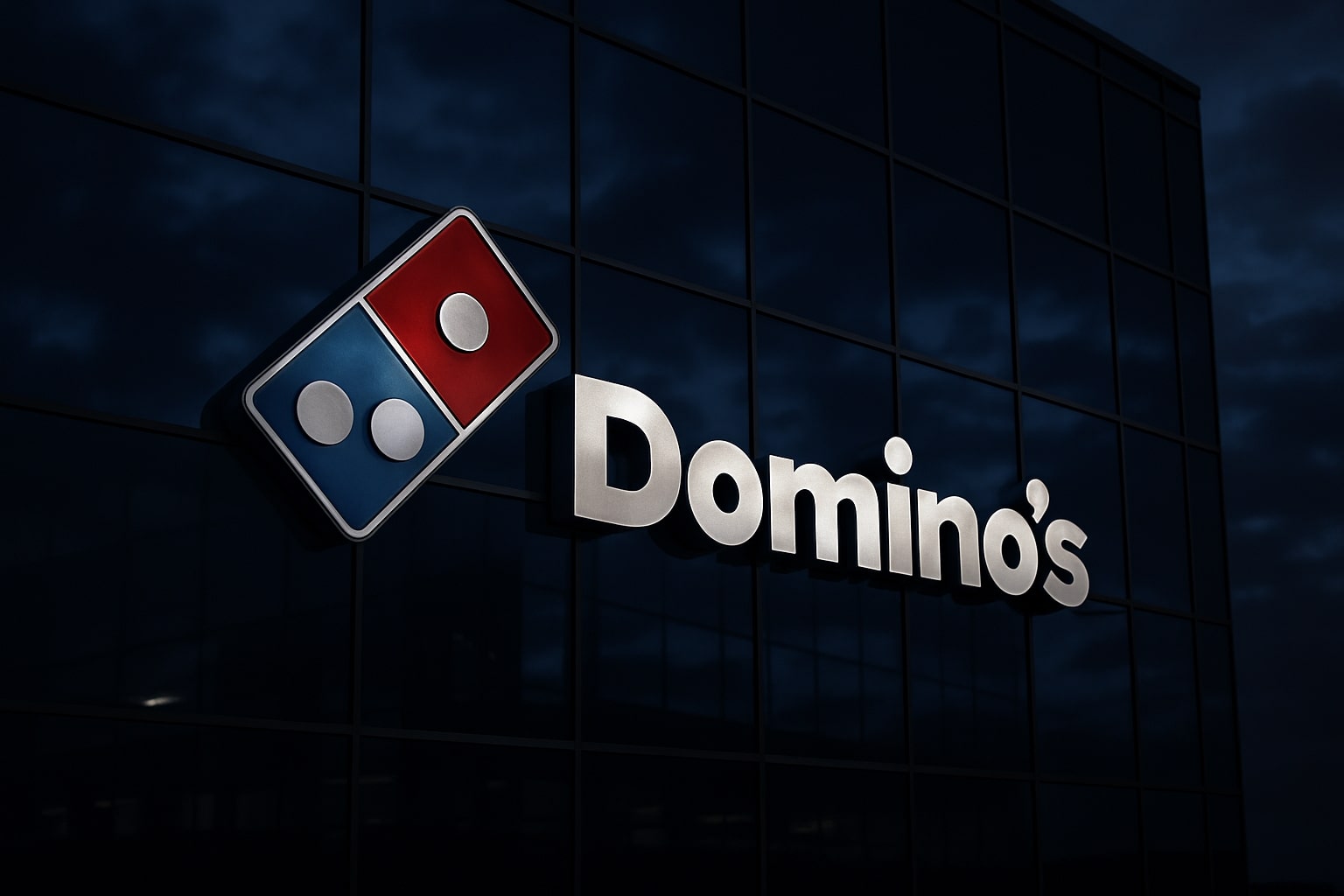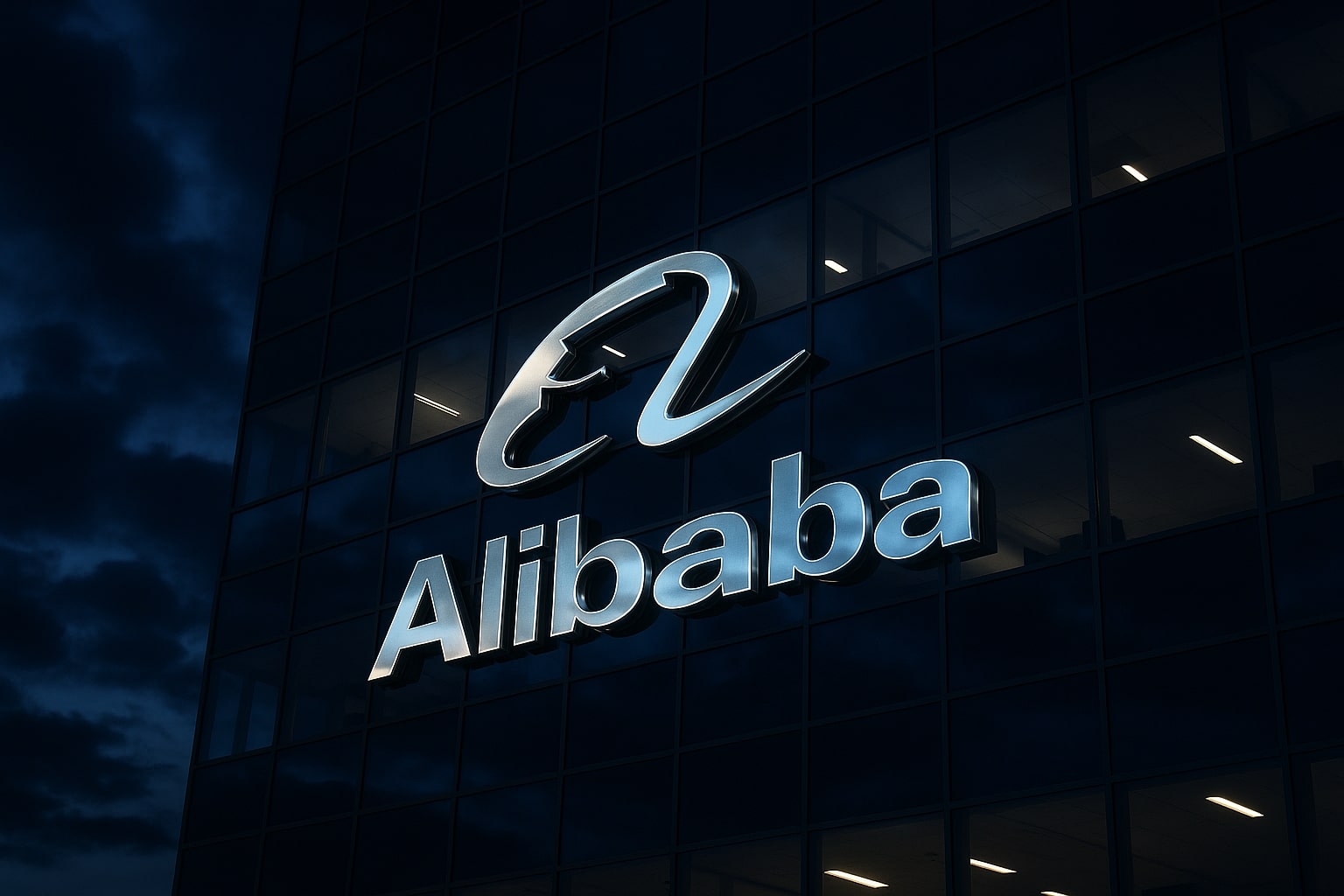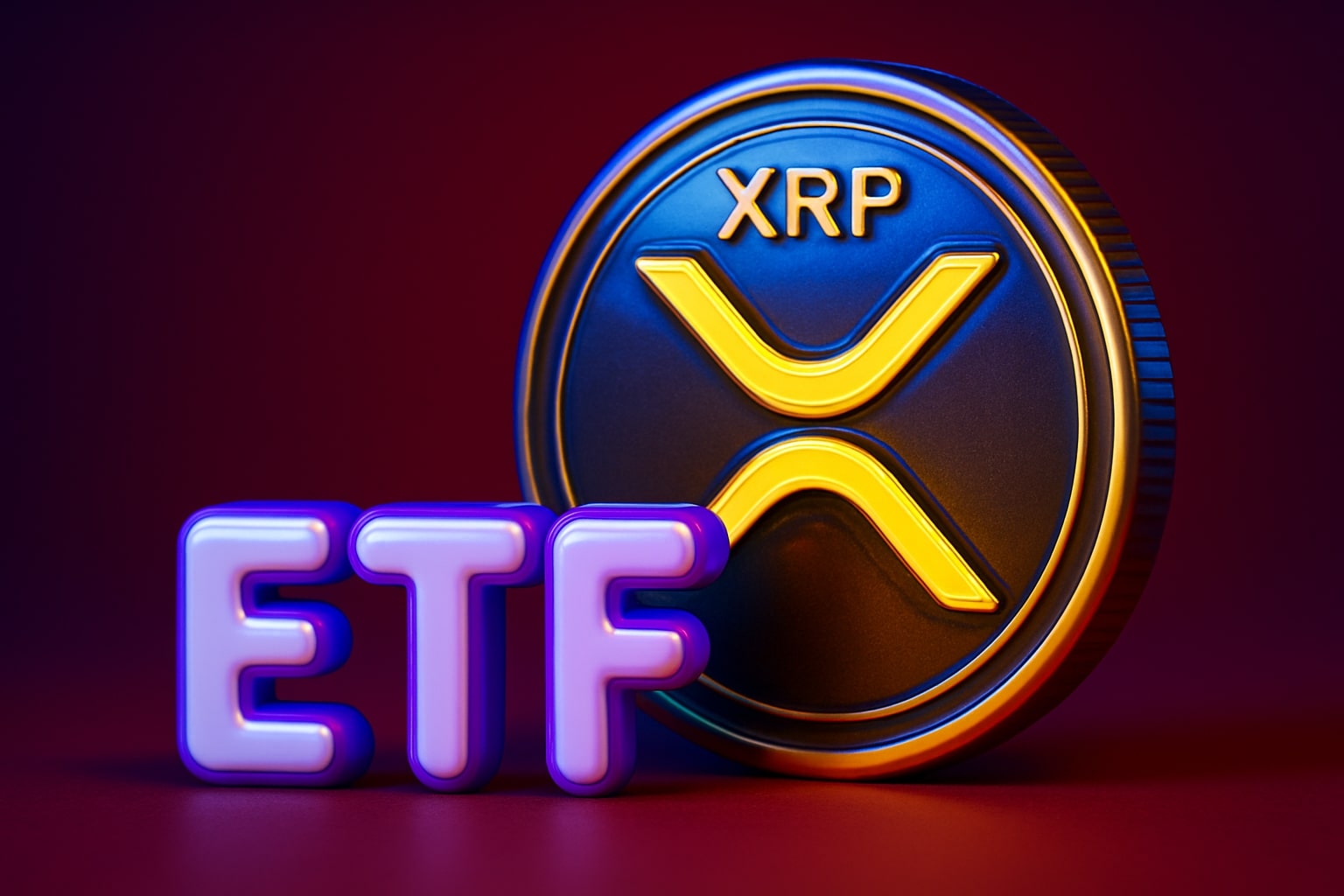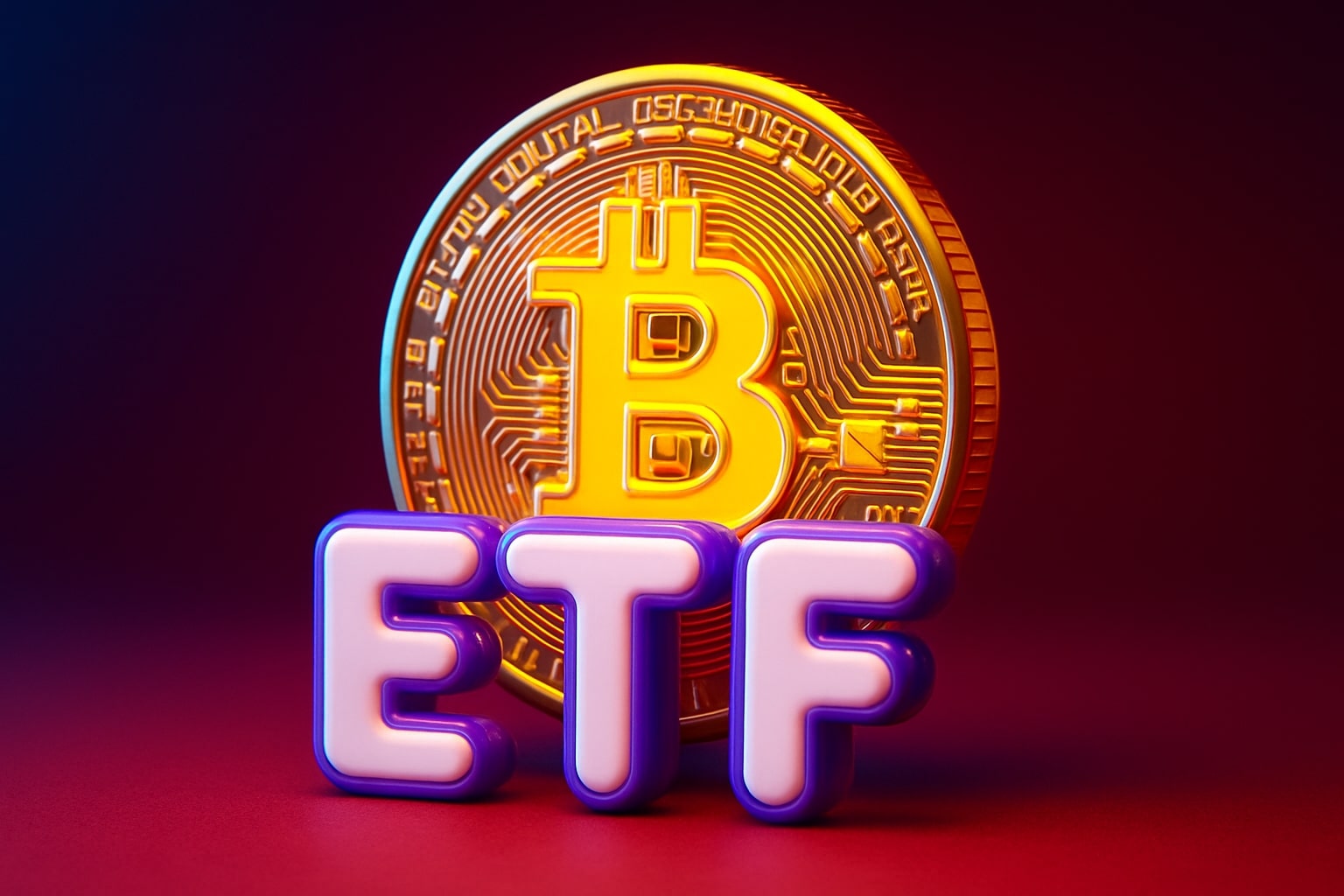
SCHD ETF (NYSEARCA:SCHD) Rebounds to $27.10 — Quality Dividend Portfolio Targets 15–18% Annual Return
With 3.82% yield and a 17.5x valuation, SCHD’s quality momentum strategy and defensive structure position it for strong outperformance as investors rotate from growth to value | That's TradingNEWS
Schwab U.S. Dividend Equity ETF (NYSEARCA:SCHD) Builds a Strong Case for Accumulation Amid Rotation From Growth to Value
NYSEARCA:SCHD is trading at $27.10 (+1.80%), rebounding from its October low of $25.02 as investor sentiment shifts toward high-quality dividend strategies. With a 3.82% yield, an expense ratio of 0.06%, and $69.7 billion in AUM, SCHD remains one of the most efficient income-generating ETFs in the U.S. market. Its portfolio of roughly 100 large-cap dividend payers—anchored by Amgen (NASDAQ:AMGN), Merck (NYSE:MRK), AbbVie (NYSE:ABBV), Coca-Cola (NYSE:KO), and Chevron (NYSE:CVX)—positions it as a defensive compounder in a market dominated by speculative tech valuations. The ETF’s renewed strength comes as investors anticipate a potential Federal Reserve rate cut in December 2025, a scenario that could significantly enhance the relative appeal of income-focused assets.
Quality Momentum Strategy Drives SCHD’s Structure
Contrary to the perception of SCHD ETF as a static value fund, the underlying Dow Jones U.S. Dividend 100 Index follows a quantitative, rules-based methodology designed to capture what can be described as “quality momentum.” The selection process filters for firms with at least 10 consecutive years of dividend payments, a market cap above $500 million, and solid liquidity metrics. Companies are ranked on cash flow to debt, return on equity, dividend yield, and five-year dividend growth rate, creating a portfolio with durable earnings and capital efficiency. This system naturally eliminates overleveraged or speculative businesses—such as many unprofitable tech firms—while rewarding cash-rich companies that consistently raise dividends. SCHD’s current P/E ratio near 17.5x represents a 30% discount to the S&P 500’s 25x, a valuation gap that analysts expect to close as fundamentals regain market dominance.
Sector Allocation Reflects Discipline and Defensive Strength
SCHD’s sector composition balances income durability with selective cyclical exposure. Energy (19.4%), Consumer Defensive (18%), and Health Care (17.7%) form the ETF’s backbone, together exceeding 55% of total weight. While its energy exposure—notably in ConocoPhillips (NYSE:COP), Chevron (NYSE:CVX), Schlumberger (NYSE:SLB), and ONEOK (NYSE:OKE)—has faced headwinds as crude oil trades near $60 per barrel, these holdings provide strong dividend coverage and capital discipline after years of restructuring. The consumer defensive segment, anchored by Coca-Cola (NYSE:KO) and PepsiCo (NASDAQ:PEP), continues to deliver resilient free cash flow despite headwinds from inflation and GLP-1 diet drug impacts on beverage demand. Healthcare holdings—including Merck (NYSE:MRK), Amgen (NASDAQ:AMGN), and AbbVie (NYSE:ABBV)—maintain double-digit operating margins, ensuring payout stability even during market downturns.
Portfolio Concentration and Performance Metrics
The top 10 holdings represent 42% of SCHD’s portfolio, a concentrated yet balanced structure that limits exposure risk compared to broader dividend ETFs like Vanguard High Dividend Yield (NYSEARCA:VYM). SCHD’s disciplined weighting—capping individual names at 4% and sectors at 25%—has historically reduced drawdowns while delivering long-term CAGR near 11.3% since 2016. For instance, an initial $10,000 investment in December 2016 would now exceed $28,700, outperforming comparable dividend ETFs on a risk-adjusted basis. Its Sharpe ratio parity with VYM (≈1.0) confirms SCHD’s ability to deliver equivalent returns with less volatility. The 3.82% yield surpasses VYM’s 2.49%, while SCHD’s five-year dividend growth rate (10.4%) doubles that of VYM’s 4.1%, underscoring superior income compounding potential.
Reconstitution, Timing, and Structural Friction
SCHD rebalances annually in March and quarterly for weights, a process that can occasionally lag market rotations. The 2025 reconstitution increased exposure to energy as quality momentum in that sector accelerated, while reducing allocations to banks and pharmaceuticals like Pfizer (NYSE:PFE) following their dividend slowdowns. Critics argue this shift raised cyclical risk, but under the index’s logic, the rotation merely reflected superior free cash flow acceleration in energy names. The no-sector-over-25% rule ensures no concentration excesses, and with energy now down to 19.5%, upcoming adjustments may further reduce volatility. Historically, SCHD underperforms during speculative growth rallies—like the 2023–2025 AI-driven surge—but outperforms when fundamentals lead, as demonstrated during the 2022 bear market, when SCHD fell only 5% versus the Nasdaq’s 33% decline.
Macroeconomic Backdrop and Dividend Dynamics
With the 10-year Treasury yield above 4.5%, SCHD’s 3.8% yield competes effectively on a risk-adjusted basis, particularly as inflation moderates and rate cuts approach. The ETF’s quarterly dividend payout of $1.03 continues to grow, supported by corporate payout ratios averaging just 55%, leaving ample buffer for future hikes. The fund’s AUM of $69.7 billion and average daily volume of 2.64 million shares confirm deep institutional liquidity. If the Fed proceeds with a rate cut in December 2025, SCHD’s discounted valuation and high yield could attract significant capital rotation away from cash-equivalents like T-bills (yielding 3.65%) toward dividend-focused ETFs.
Comparative Edge Against Peer ETFs
When compared with VYM (NYSEARCA:VYM) and VIG (NYSEARCA:VIG), SCHD’s structure is clearly more refined. While VYM holds around 569 companies with a 2.5% yield, it sacrifices quality for breadth, often overweighting cyclicals such as Broadcom (NASDAQ:AVGO), JPMorgan (NYSE:JPM), and Bank of America (NYSE:BAC). SCHD, by contrast, eliminates such overexposure and focuses on high-ROE firms with a durable 10-year dividend track record. VIG’s dividend growth approach yields only 1.9%, reflecting its heavy tech exposure (28% weighting). For retirees and defensive investors seeking both income and total return durability, SCHD remains superior with its mix of Energy, Healthcare, Consumer Staples, and Industrials, creating a counterbalance to growth-heavy portfolios.
Valuation Outlook and Risk/Reward Structure
Trading at 17.5x earnings, SCHD ETF offers a 32% discount to Vanguard’s Dividend Appreciation ETF (VIG) and a 30% discount to the S&P 500 (SPY). A modest P/E expansion to 20x alongside a sustained dividend growth rate of 7% would imply a 15–18% annualized return over the next three years. Even in a conservative case—with slower dividend growth of 4% and no multiple expansion—the expected 8–10% annualized total return remains compelling for a low-volatility, high-quality income strategy. The primary risk remains prolonged speculative equity rallies or sharp energy price declines, which could temporarily compress returns
Read More
-
MercadoLibre Stock Price Forecast - MELI Shares Rises 39% YoY as Fintech Growth Fuels $2,800 Target
23.11.2025 · TradingNEWS ArchiveStocks
-
XRP ETFs Launch on NYSE: Franklin Templeton, Grayscale, and Bitwise Drive Institutional Wave
23.11.2025 · TradingNEWS ArchiveCrypto
-
Natural Gas Price Forecast (NG=F) Slips to $4.55 as U.S. LNG Expansion and Asian Imbalance Drive a Global Repricing Wave
23.11.2025 · TradingNEWS ArchiveCommodities
-
Stock Market Today - Wall Street Rebounds as NASDAQ:IXIC Climbs to 22,273; NVDA, AAPL, GOOGL, AMZN, WMT Lead Mixed Session
23.11.2025 · TradingNEWS ArchiveMarkets
-
USD/JPY Price Forecast - Dollar to Yen Nears ¥160 as Fiscal Pressures and U.S. Rate Gap Drive Yen to Breaking Point
23.11.2025 · TradingNEWS ArchiveForex
Strategic Positioning and Market Implications
The rotation from growth to value, amplified by the AI sector’s overextension, strengthens SCHD’s relative attractiveness. As big tech valuations plateau, investors are reallocating toward dividend ETFs to capture steady income and lower volatility. SCHD’s strong fundamentals, balanced sector mix, and rule-based discipline align perfectly for this transition phase. Institutional investors are increasing exposure—especially as SCHD provides an efficient hedge against market drawdowns while maintaining capital growth through disciplined rebalancing. With the S&P 500’s forward P/E exceeding 25x and stretched valuations across megacaps, SCHD’s fundamental focus on profitability, balance sheet quality, and cash return provides asymmetric upside for 2026.
Verdict on NYSEARCA:SCHD
Based on its valuation discount, high-quality composition, and structural resilience, Schwab U.S. Dividend Equity ETF (NYSEARCA:SCHD) is a Strong Buy for investors seeking durable income and medium-term capital appreciation. The ETF’s combination of 3.82% dividend yield, 10.4% historical dividend growth, and fundamental quality bias offers a compelling entry point at $27.10, especially ahead of potential Fed easing and a rotation from growth to value. With dividend-driven total returns expected to outpace inflation-adjusted bond yields through 2026, SCHD remains one of the most attractive income vehicles in the U.S. equity landscape.


















